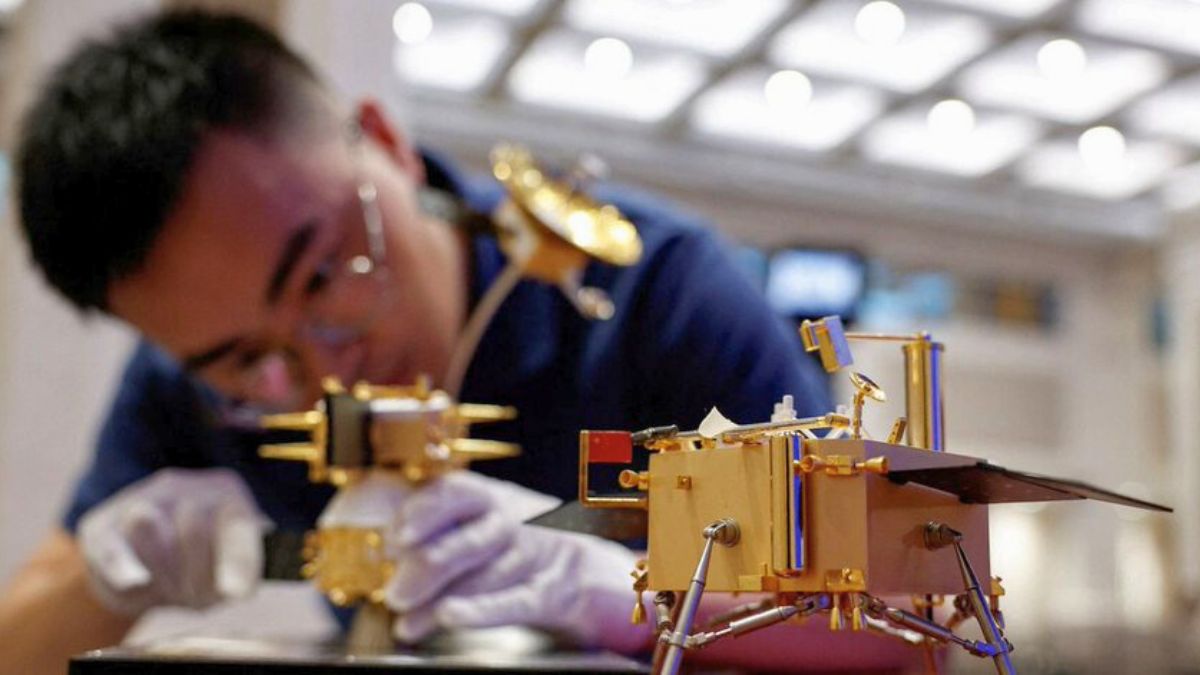 Image Credits - Reuters
Image Credits - Reuters
Chinese scientists have made a groundbreaking advancement by using lunar soil to produce water, according to state media reports. This achievement marks a significant step in space exploration and resource utilization, potentially transforming future lunar missions and sustainable space habitation.
The development emerged from research conducted by a team at the Beijing Institute of Technology, which successfully demonstrated a process to extract water from regolith, the layer of loose, fragmented material covering the Moon’s surface. This innovation addresses a critical challenge in space exploration: the need for a reliable water supply beyond Earth.
The process involves treating lunar soil with hydrogen, resulting in a chemical reaction that releases water. This method not only provides a solution for water scarcity on the Moon but also opens up possibilities for long-term lunar habitation and resource utilization.
Lunar soil, or regolith, is known for its potential to be a resource for various materials, but its use for water production represents a novel application. The ability to generate water on the Moon could significantly reduce the need to transport resources from Earth, thereby lowering mission costs and supporting sustained human presence on the lunar surface.
The breakthrough aligns with China’s ambitious space exploration goals and its efforts to establish a more permanent presence on the Moon. With ongoing advancements in technology and space research, China aims to further develop this technology, potentially paving the way for future missions and deep space exploration.
As the global space community observes these developments, the potential for similar innovations in other countries and collaborative international efforts in space resource management becomes increasingly promising.
